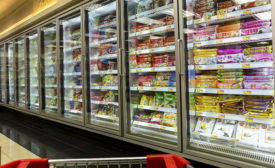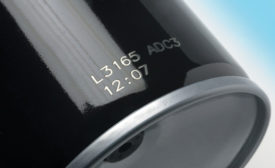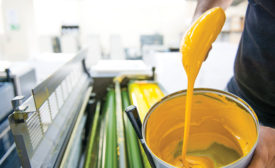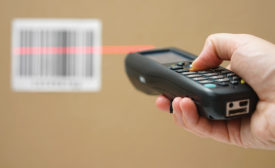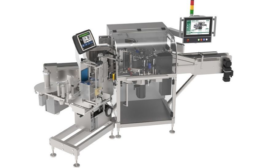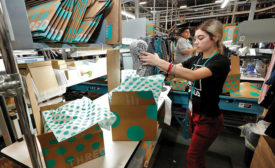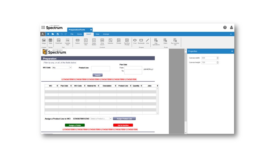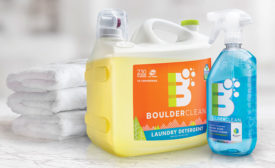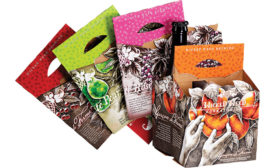Labeling
Brand Packaging: Food Packaging Design
The essentials to delivering coding, marking and labeling made easy.
Read More
Machinery
CPG Manufacturers Turn to Fiber Laser Marking Systems
Advancements in laser marking technology make an enticing option on the packaging line.
January 16, 2020
Materials
Understanding the Role of Inks in Sustainability
Inks and coatings are manufactured to improve eco-efficiency in the pressroom and deliver value that benefits brand owners and consumers.
December 16, 2019
Machinery: Digitalization
The Journey Toward Digitalization in Labeling
With proper traceability and labeling, companies can respond quickly to costly disruptions across their supply chain.
December 13, 2019
Spotlight Feature, part 1 of 2
Re-Commerce: Online Retail Moves to Brick and Mortar
Second-hand online retail shops are lending a hand to struggling stores in order to grab the attention of younger generations.
November 12, 2019
Market Trends
A New Chapter for Household Packaging
In the age of e-commerce, it is a new supply chain requiring new thought.
October 17, 2019
Spotlight Feature
The Art & Science of Packaging Design
How to use packaging design to address the evolving needs of today’s consumers.
October 15, 2019

